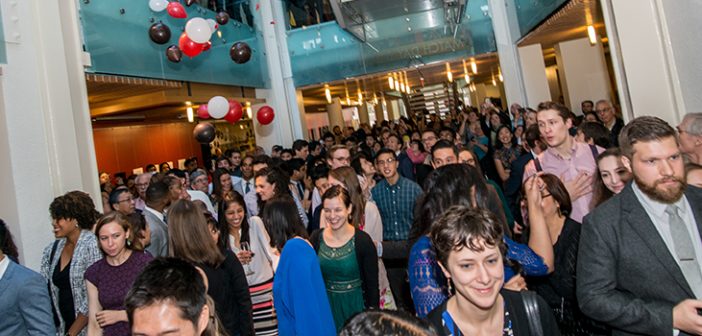Data suggest that the number of student applications for residency programs has become problematic.
For someone with a greater than 50 percent chance of landing their top job choice and a greater than 90 percent chance of getting a job in their field, is it overkill if they apply for more than 40 jobs? That’s exactly what US students receiving MD degrees are doing every year. The highly successful process of matching medical graduates to residencies has nevertheless become so frenzied that the authors of a recent article in Academic Medicine question the rationality of the system. It’s driving up costs for students and severely disrupting the fourth year of medical school, they say.
“There’s been this inexorable intensification of the residency selection process such that it’s basically taken over the fourth year of medical school,” says Phil Gruppuso, MD, professor of pediatrics and of medical science at the Warren Alpert Medical School. “It so dominates student time and energy during the fourth year that it’s become very difficult to do any curriculum planning.”
The statistics he uncovered with co-author Eli Y. Adashi, MD, professor of medical science, show that by 2005, students across the country were applying on average to 30.3 programs. In 2015 the number reached 45.7. For specialties deemed highly competitive, the numbers go even higher: the average student hoping to be an orthopedic surgeon, for example, applied to 73 of the 163 potential programs.
Students seem to believe they have to submit so many applications to ensure placement in a top program, and while it’s true that the number of offers per applicant has fallen over time—from 0.96 in 1976 to 0.78 in 2015—Gruppuso and Adashi found that the decrease doesn’t affect graduates of US allopathic medical schools. It’s emerged as other kinds of medical students—most notably graduates of osteopathic (DO degrees) or foreign schools—have increasingly joined the process. In fact, among MD graduates in the US, the number of offers per applicant has increased, to 1.51 in 2015 from 1.37 in 1976. Moreover, between 92 and 95 percent of those graduates have successfully matched every year since 1982, and since 1997 the chance of students matching to their top choice has remained between 50 and 60 percent. “At the end of the day, if you are a US medical school graduate, you are virtually assured of getting a job,” Gruppuso says.




